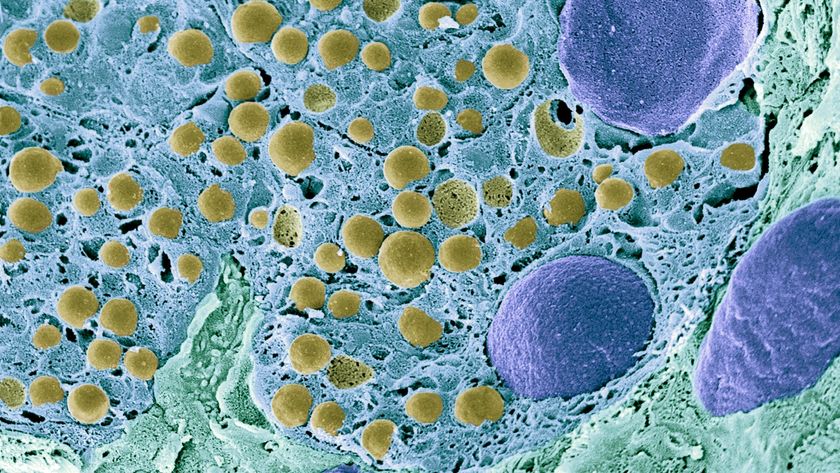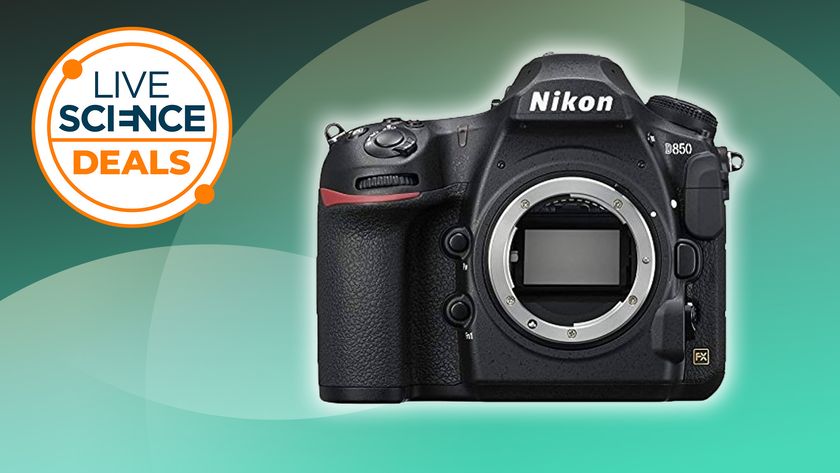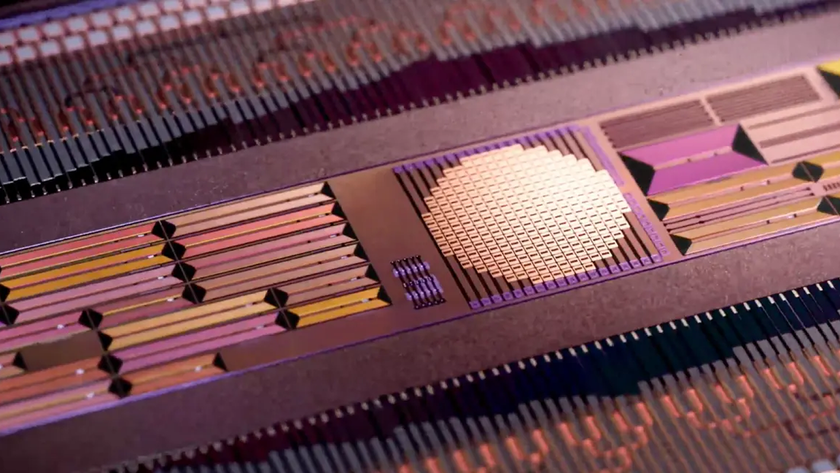Needle-Free Tattoos Can Check Diabetics' Sugar Levels
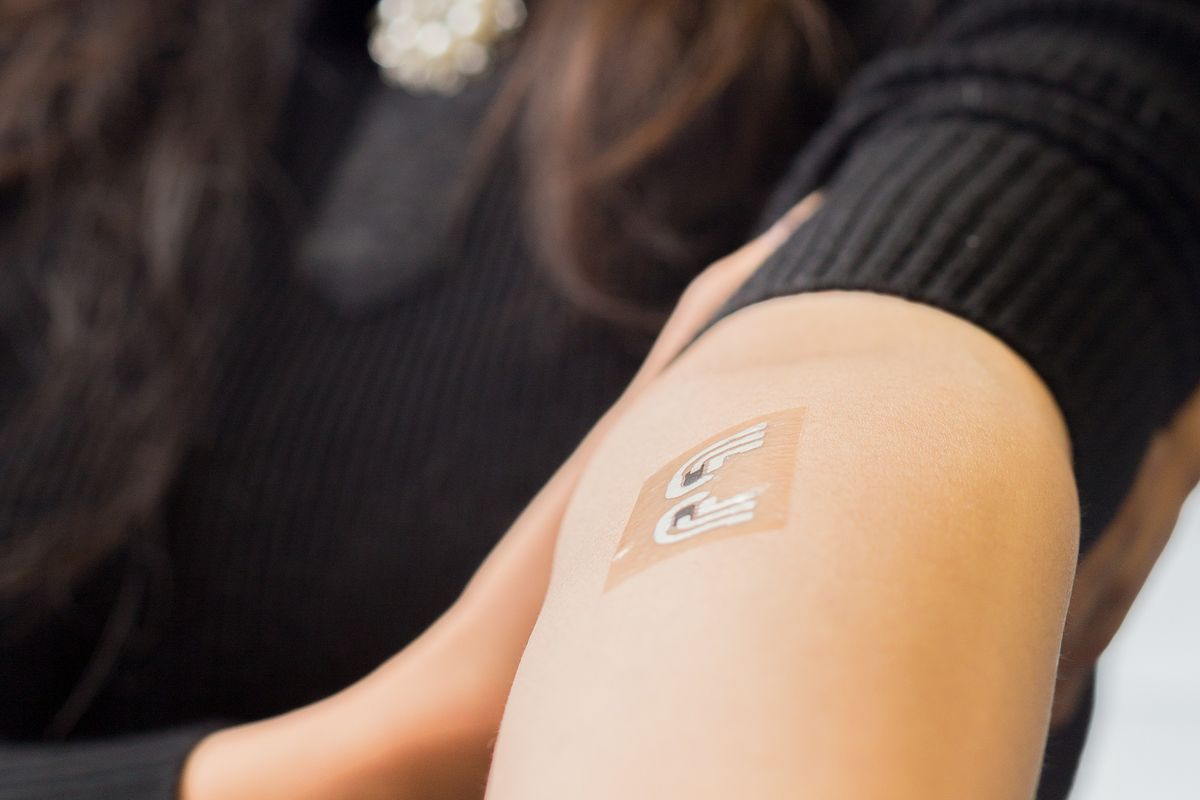
A temporary electronic "tattoo" may one day offer diabetics a bloodless way to check blood sugar levels, researchers say.
Diabetes affects hundreds of millions of people worldwide and is among the leading causes of death and disability. People with diabetes must test their glucose levels several times a day, using devices with a tiny needle to draw blood from a fingertip. But the pain of this constant finger-pricking may drive patients to avoid checking their blood sugar levels, so researchers have been searching for less invasive ways to monitor glucose.
"Monitoring glucose in a noninvasive fashion is certainly one of the most important fields in the area of wearable health sensors," lead study author Amay Bandodkar, a nanoengineer at the University of California at San Diego, told Live Science.
Now Bandodkar, along with Joseph Wang at UCSD and their colleagues, have developed a flexible device that sticks to skin like a rub-on tattoo and sends a mild electrical current over the skin to detect a person's blood sugar levels, without needles.
The scientists tested their device on three women and four men who did not have diabetes. Two or three of the study participants reported feeling a mild tingling in the first 10 seconds of the test, but none reported feeling discomfort.
To see how well the tattoo picked up the spike in blood sugar levels expected after a meal, the researchers measured the participants' blood sugar before and after they consumed a carbohydrate-rich sandwich and soda in the lab. The device performed just as well at detecting this glucose spike as a traditional finger-stick monitor, the researchers said. [10 Technologies That Will Transform Your Life]
The new device consists of electrodes made of silver and silver chloride ink, and a blood glucose sensor made of a glucose-sensitive enzyme and another type of ink. The researchers printed both the electrodes and the sensor onto temporary tattoo paper.
Sign up for the Live Science daily newsletter now
Get the world’s most fascinating discoveries delivered straight to your inbox.
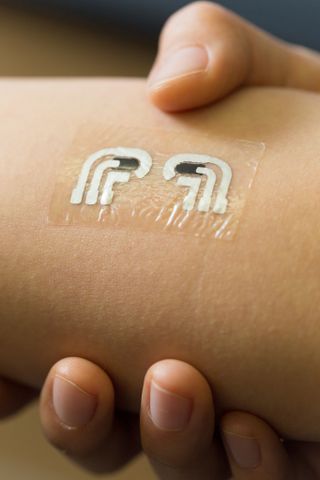
To check the blood sugar, the electrodes apply a very mild electrical current to the skin for 10 minutes. This draws the sodium ions in a person's body fluid to migrate toward the electrodes, and these ions bring along the glucose that is also present in the person's fluids. The sensor in the tattoo then measures the strength of the electrical charge produced by the glucose to determine a person's blood sugar levels.
The level of glucose in the fluid that the device draws is nearly a hundred times lower than the corresponding level in a person's blood, so the researchers had to develop a sensor that was highly sensitive, Bandodkar said.
A similar device, called GlucoWatch, from the now-defunct company Cygnus Inc., was launched in 2002, but the device was discontinued because it irritated people's skin and caused other problems, the researchers said. The new device avoids this irritation by using a lower electrical current to extract the glucose.
At the moment, the tattoo does not provide the kind of numerical readout that patients would need to monitor their own blood glucose levels. The researchers are developing such a readout device now.
"The readout instrument will also eventually have Bluetooth capabilities to send this information directly to the patient's doctor in real-time, or store data in the cloud," Bandodkar said.
The scientists are also working on ways to make the tattoo last longer while keeping its overall cost down, Bandodkar said. In its current form, the device lasts for about a day, and it costs a few cents, he said.
The researchers suggested these devices could also measure other important chemicals such as lactate, which athletes might want to analyze to monitor their fitness, or certain amino acids, which could test how well a medication is working.
Furthermore, "one could monitor blood alcohol levels by measuring alcohol content in the sweat," Bandodkar said.
The scientists detailed their findings in the Jan. 6 issue of the journal Analytical Chemistry.
Follow Live Science @livescience, Facebook & Google+. Original article on Live Science.


